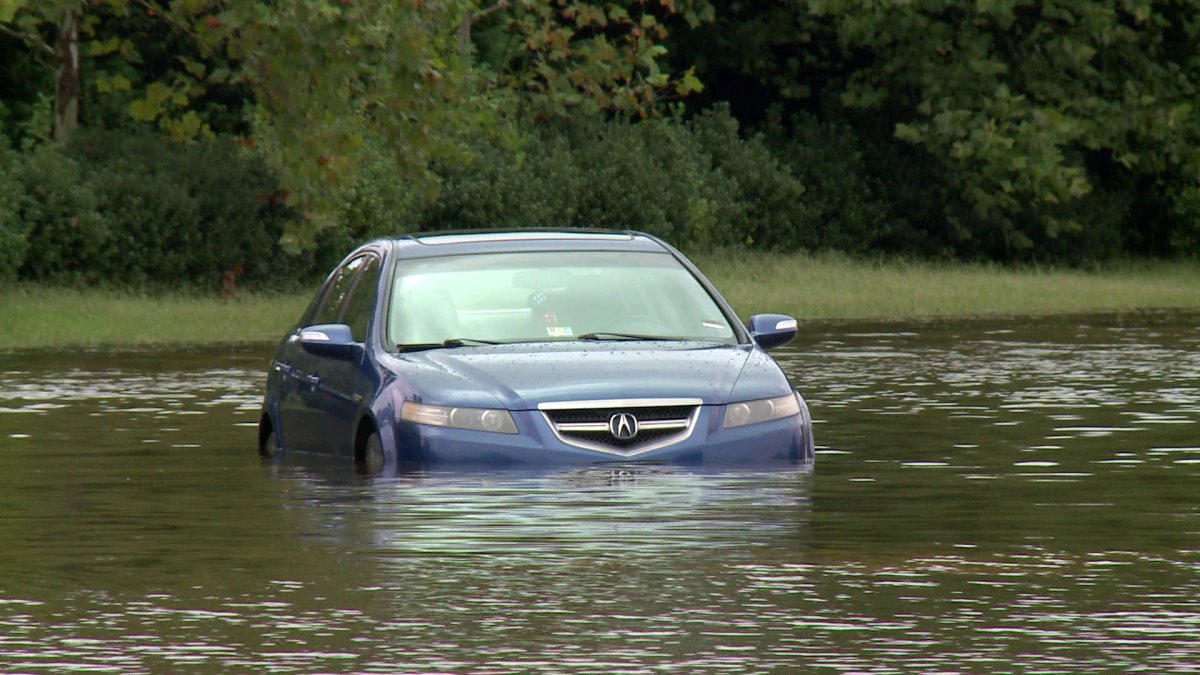Why are we talking about flood damage?
As humans, we tend to think about things more closely as they become more visible and applicable in our lives. With the current floods in northern places like Toronto and southern places like Alabama and Kansas, the idea of water damage is becoming more visible to anyone who stays up with current events. When you turn on the news the first piece of flood footage you’re going to see is a car attempting to drive through high waters on the street. All you can make out is the top half of the body while the tires are submerged in the water like a submarine headed on a deep sea mission.
What does this mean for car buyers?
Cars with flood damage are NOT ones that you want to buy. There may not be any immediate screaming issues, but over time the car’s scuba adventure can lead to corrosion and rotting. Lately, our customers have been asking more about flood damage being a possibility in our search for their vehicle.
If you are looking to buy a car there’s two ways you can go about it. Option A: You can read a blog like this and do research on your own to learn the telling indicators of a car that has experienced flood damage. Option B: You can read this blog, click this link, and let us take care of it for you. Our specialists and buyers at MATS.org do exactly those two things. They specialize in finding good cars that are safe and fit for your extensive needs and then, they buy them for you. Below are some ways that our specialists and buyers identify if a car has been in a flood and here’s how you can check too.
- Smell it– This seems pretty simple but it’s a real indicator. Stick your nose in there and smell for moldy mildewy smells. Dirty flood water that sits over time will make the car smell like straight up decay.
- Touch it– Pat the mats and touch the seats and, if you can, look under the carpet. Sometimes if a car has survived a flood there will be built up moisture between the body and the carpet. Also, pull the seatbelts all the way out to check for signs of discoloration and water blotches.
- Search for rust– If you peel back the carpet a bit and you spot rust; well, it has probably waded in the water. Water + metal + time = rust.
- Check the VIN– The National Insurance Crime Bureau (NICB) registers cars that have been declared “salvaged.” If someone tries to resell you a car that was declared too damaged to repair… it may be registered with the NICB. You can find the VIN number at the bottom of the windshield or in the door jam.
- Drive it– Take it out for a spin. Make sure all lights in the car turn on when you turn the key, look for smoke coming from the dash, and listen to the radio. Water damage can get into wires and cause them to be faulty and delicate. Things like lights not turning on and electrical issues are further signs of flood damage when paired with some of these other signs.
- Look for flood crud– Check under the spare tire, in the wheel wells, in the trunk, and under the seats for soot and debris that has been left behind after the water is gone.
We can do it for you!
There are a lot more details that can be inspected to spot water damage from immersion in a flood, but the tips listed above are some good ways for you to check for yourself. We also want to remind you of “Option B” where you can skip the risk of missing damages and let us do the weeding out and searching for you. Contact one of our awesome reps to learn more about how we can take care of you in your search for a vehicle.
[Key takeaways] Water in a car 1. Smells 2. Discolors 3. Corrodes and 4. Damages power

